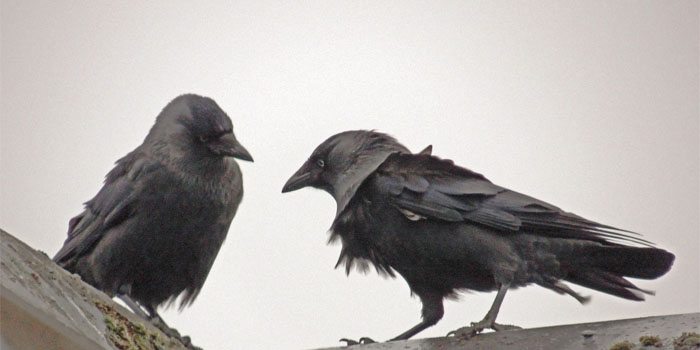Let’s face it: GeekDad projects are sometimes more fun for the older kids than for the younger ones. So when it comes to flying planes at the park, we’re always looking for something that everyone can do.
We’ve found that with the Hobbico line of free-fly electric planes. They’re amazing. Ranging from $12-$15, they’re beautifully-made with built-up foam bodies and electric motors, rechargeable batteries and chargers. They range from a toy-like 14" wingspan to a small R/C plane size of 27" wingspan.
The boys were drawn to the WWII fighters: The Spitfire, the Mustang, and Warhawk. The girls went for the smaller and more brightly colored Skyshot. (I, of course, got a Predator). The out-of-the-box experience is top-notch. The military planes are beautifully painted and detailed, and the wings, tail pieces and stickers either stick on or screw in with an included screwdriver. As static models, they provided a good few days of airport play and they’re lovely to look at.
Today we took them out for flight testing. This was educational. The first lesson is to AVOID WIND. We tried a couple launches into some 13-15mph winds by the water, and the planes were blown around like the foamies they are. Then we moved inland to a more sheltered soccer field. This led to the second lesson: follow the instruction, and really do trim the planes with gentle tosses before trying any real flying. The scale planes (such as the WWII fighters) are heavy enough to rip wings off and break pieces with a cartwheel landing, and we pretty much trashed the Mustang and the Predator by rushing into some powered flights with planes that weren’t flying level. The Spitfire, however, had some great flights, due either to lucky trim or better aerodynamics (we didn’t try the Warhawk because we messed up so many other planes that the six-year-old wouldn’t let us fly it for fear of doing the same. )
But the biggest surprise was which plane flew best. Hands down, the winner was the little Skyshot. Because it’s light, it doesn’t get bashed too hard in crashes, and its high wing design is very stable. We had one flight that lasted more than two minutes and reached more than 150 feet (indeed, we were lucky to get it back, and even then it was from a tree). With our next batch of these fun planes, we’re going to focus less on cool looks and more on aerodynamics and crash-resistance. This one and this one look like they should do the trick. For $12, you really can’t find a better toy for kids of all ages.




